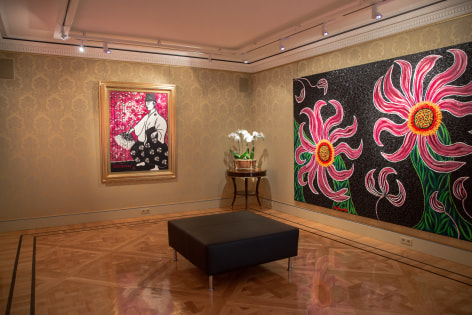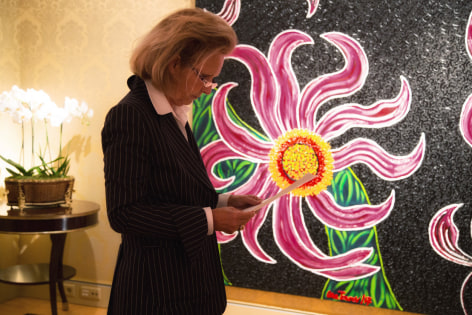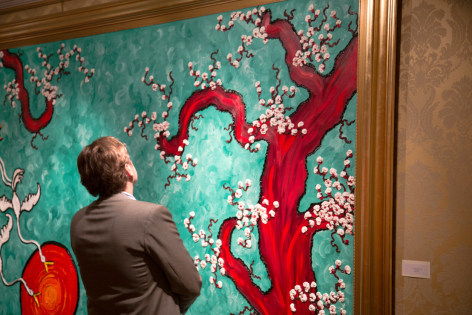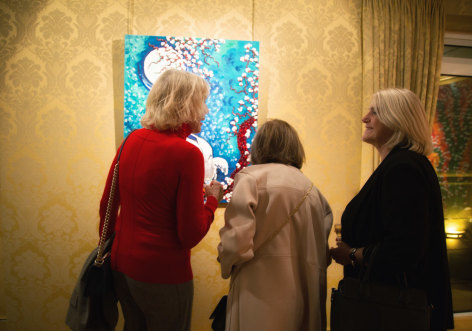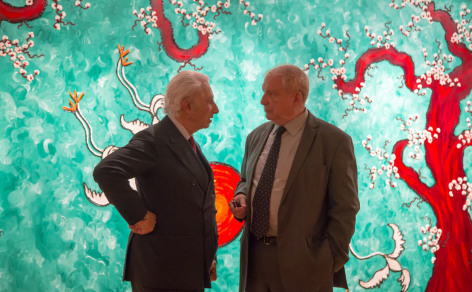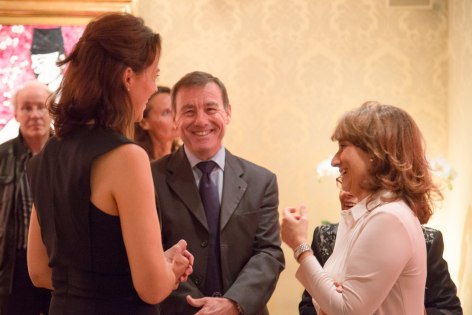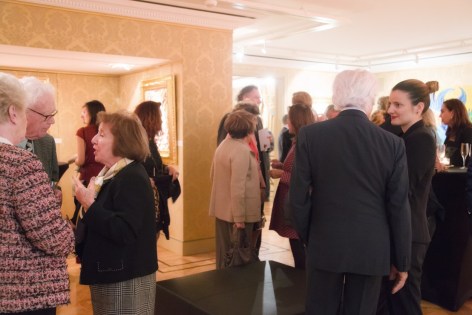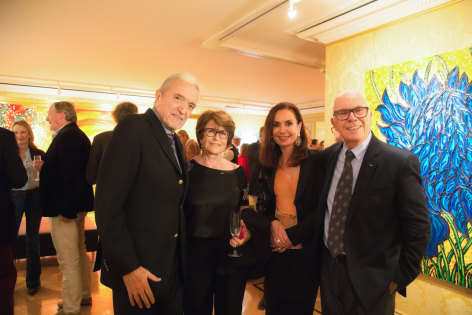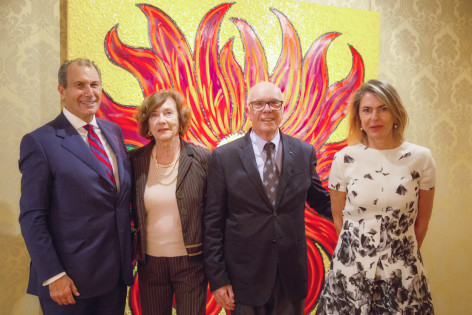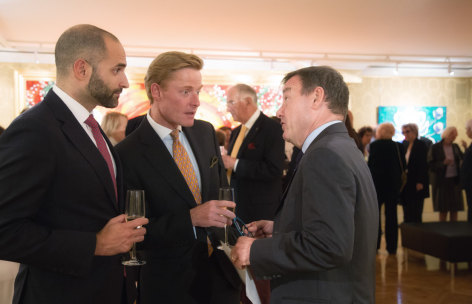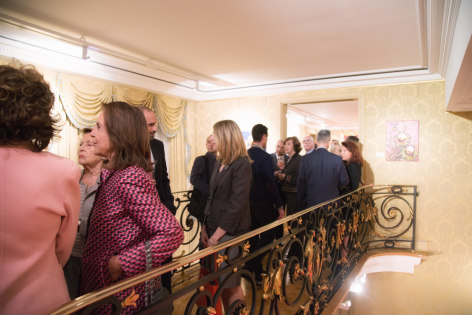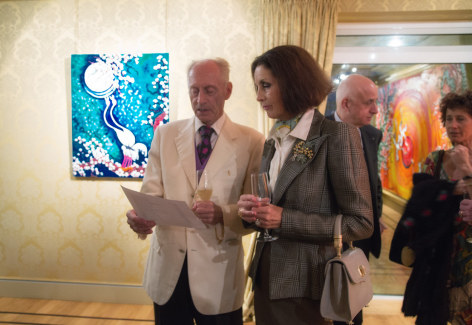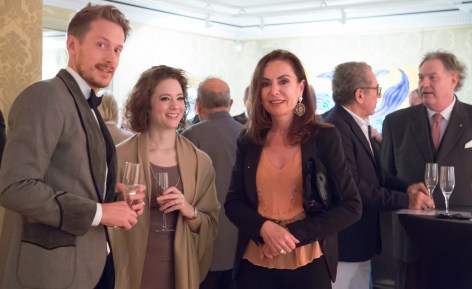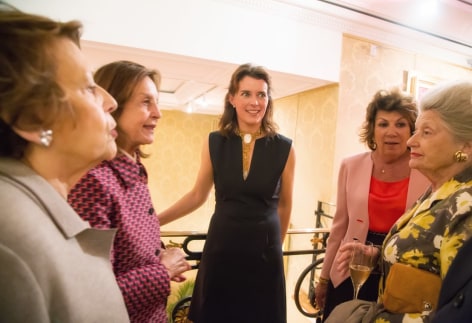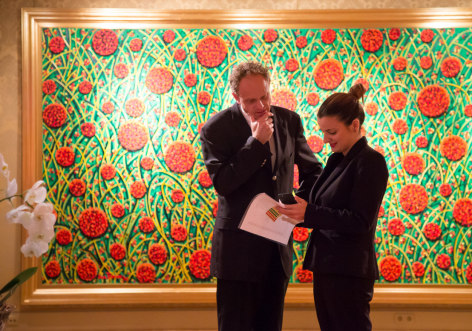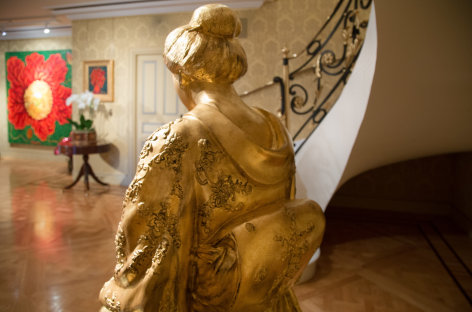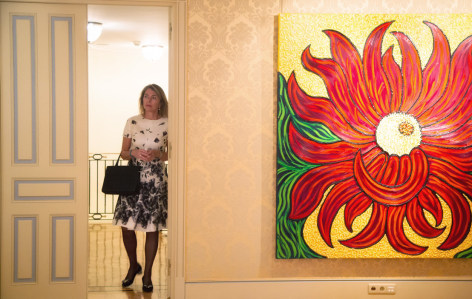Ana Tzarev’s exhibition of recent works feature a combination of her Japanese inspired paintings alongside a new body of work inspired by the life of flowers and the international messages they deliver across the globe.
Ana’s works invites us to think outside of the box, beyond received ideas or esthetical canons, free of politics, religion and nation.
The paintings are a continuation of the Love and peace Campaign - a global initiative that uses art to bring people together. Love and Peace was inspired by her belief that art speaks a universal language, one capable of being understood and appreciated by everybody, everywhere when we are too often divided and divided by our differences.
“In my eyes, they are the essential symbol of goodwill – in their beauty and grace lies infinite understanding that requires no words.
Described as a “dynamic and visionary painter” by art critic Edward Lucie-Smith, Ana Tzarev’s works engage viewers with their intricate textural surfaces and vibrant colours. Her “sculpted” paint surfaces rise off of large canvases and into the viewer’s space, involving them in her distinctive visual language.
Ana Tzarev (b.1937, Trogir, Croatia) began her career as a painter and sculptor when she was in her fifties. Her professional life and extensive travel, prior to her creative career, inform the style and content of her work.
Over the past two decades, Tzarev has tested the boundaries of media through explorations of tactility in oil and watercolour works. The patterns and textures that fill her canvases find root in her history as a clothier and fabric designer. Tzarev’s early aptitude for knitting and sewing enabled her to attain higher education in post-war Croatia, studying the arts and eventually earning a degree in fashion design. In her decades of patternmaking and printing silks, Tzarev mastered the interplay of colours.
Tzarev found the West when she left the West and when she returned to the West she found the East. Her work transcends the difference not just between East and West, but between all cultures.




